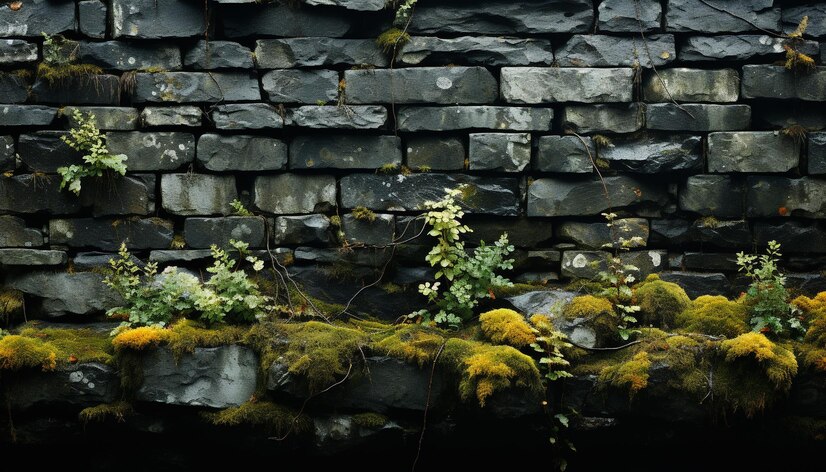Retaining walls is an essential part of residential landscaping in Sydney, as these structures serve to hold back soil and prevent soil erosion in sloped areas. Additionally, they help enhance the aesthetic appeal of your home.
These walls provide stability to landscapes by counteracting gravity and preventing the natural movement of soil. They are engineered to withstand the pressure from the soil behind them, but this stability largely depends on having an efficient drainage system in place. Without proper drainage, the retaining walls may fail, leading to structural damage, soil erosion, and potential safety hazards.
In this blog, you will learn why drainage is a critical component of building retaining walls. But first, let’s understand:
The Role of Drainage in Maintaining Structural Integrity
Drainage is vital in retaining wall construction because it alleviates the stress exerted by water, known as hydrostatic pressure. When water accumulates behind a retaining wall without a way to escape, the pressure can increase significantly. This can add excessive force to the wall, destabilising it and causing structural issues such as cracking or bowing.
Without drainage, water collects behind retaining walls, especially during heavy rainfall. This water accumulation increases the pressure on the wall, and over time, it can compromise the wall’s stability. The result is gradual weakening of the structure, potentially leading to sudden collapse.
In addition to pressure, water trapped behind retaining walls can cause soil erosion. As soil erodes, it loses its ability to provide support, which can lead to foundational shifts or voids behind the wall.
An effective drainage system allows the accumulated water to escape, reducing hydrostatic pressure and maintaining the stability of the wall. Our retaining wall contractors in Sydney ensure that water is directed away from the wall, preserving the wall’s structural integrity and extending its lifespan.
Types of Retaining Walls and Drainage Needs
Different types of retaining walls have varying drainage requirements:
- Gravity Retaining Walls: These rely on their mass to hold back soil. Drainage prevents water build-up that could cause the wall to shift or topple.
- Cantilever Retaining Walls: Using a cantilever arm, these walls transfer the pressure from soil to the ground beneath them. Drainage is crucial to relieve pressure on the cantilevered structure.
- Anchored Retaining Walls: Anchors provide additional support. Proper drainage ensures the anchors are not compromised by water pressure.
- Gabion Retaining Walls: Constructed from wire mesh filled with rocks, these walls allow natural drainage. However, additional systems may still be necessary in areas with heavy water flow.
- Segmental Retaining Walls: These interlocking walls rely on drainage to prevent water pressure from dislodging the segments.
Why Retaining Walls Fail Without Proper Drainage
- Hydrostatic Pressure
Water trapped behind a retaining wall exerts hydrostatic pressure, which is a major cause of wall failure. This pressure can push the wall outward, causing it to lean or collapse over time.
- Soil Saturation
When soil becomes saturated, it loses its cohesiveness, which can cause the retaining wall to shift, bow, or crack. Ensuring the soil remains dry through proper drainage can prevent these issues.
- Water Damage
Water damage over time weakens the materials used in retaining walls. Cracks can form, and walls may begin to bow outward due to the excessive pressure from the trapped water.
Our gardening services in Sydney provide regular maintenance and ensure effective drainage to prevent these problems.
Key Drainage Techniques for Retaining Walls
Several drainage techniques are commonly used to ensure the long-term stability of retaining walls:
- Weep Holes: Small openings in the wall allow water to escape, reducing pressure.
- French Drains: These underground pipes collect and redirect water away from the wall.
- Drainage Pipes: Installed behind the wall, these pipes direct water to safe outlets.
- Layered Backfill: Using gravel or crushed stone behind the wall allows water to flow freely toward drainage outlets.
- Geotextiles: These fabrics prevent soil erosion while allowing water to pass through, maintaining soil stability.
Common Drainage Mistakes in Retaining Wall Construction
One common mistake when building retaining walls in Sydney is the improper installation of drainage systems. When drains are incorrectly placed or designed, water can become trapped behind the wall, leading to pressure build-up. It’s essential to ensure that drainage systems, such as weep holes and pipes, are strategically installed to direct water away from the structure effectively.
Another frequent error is using the wrong backfill materials. Heavy or poorly draining materials can cause soil saturation, which contributes to water pressure. Additionally, failure to maintain drainage systems over time, such as clearing blockages, can result in long-term damage and eventual wall failure.
Conclusion
Proper drainage is crucial in retaining wall construction. It reduces pressure, prevents erosion, and extends the life of the wall. Incorporating effective drainage techniques is not only a matter of structural integrity but also a long-term investment in safety and durability.
From building retaining walls to artificial grass installation in Sydney, Dr. Garden provides comprehensive residential landscaping solutions.
Call us at 1300 374 273 for a quote today.

